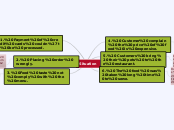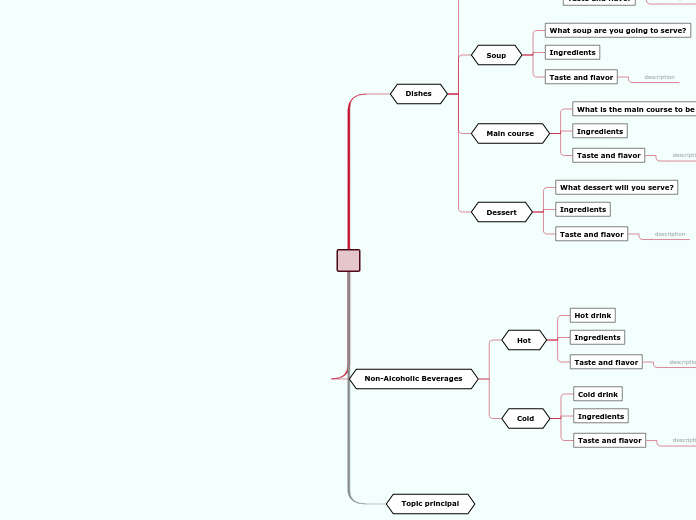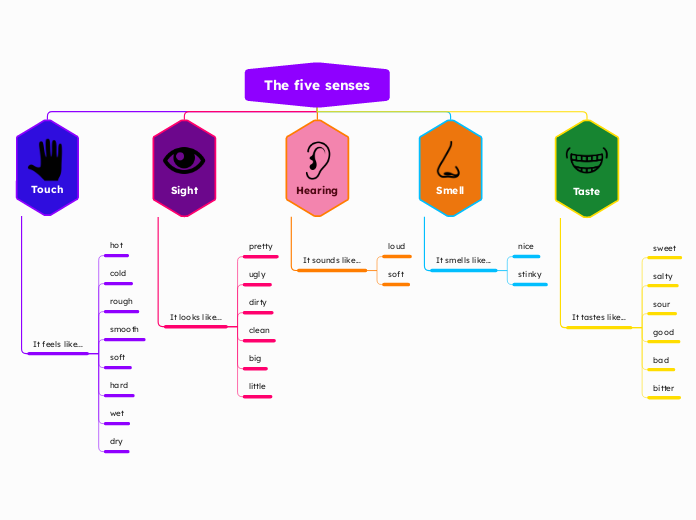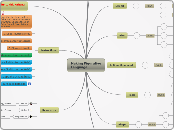RECEPTORS
Touch
In skin
Taste
Tongue
Taste buds
Two parts
Nerve endngs
Take the nerve impulses of itstaste receptor
Taste receptors
Transform the stimuli into nerve impulses
detect substances disolved in the saliva/liquids
Have chemo receptors
Tiny bumps that cover the surface of the tongue
Let humans detect certain substances dissolved in liquids found in the oral cavity
Smell
Olfactory nerve
Transport tthe nerve impulse to the brain
Olfactory bulb
send the nerve impulse to the olfactory nerve
collect the nerve impulse
Olfactory mucosa
transform chemical stimuli into nerve impulses
have chemoreceptors
Let humans detect particles dissolved in the air
Hearing
Inner ear
auditory nerve
transmit the nerve impulse to the brain
Cochlea
Its fluid recieve vibrations from the stapes, that makes that the cilia(the hair of the cells) vibrate sp the cells change that stimuli into nerve impulse
vestibular system
iIt occupies of the balance of the body
Middle ear
Eustachian tube
Comunicates the inner ear with the nasal cavity
Ear bones
Vibrations pass throught them
Malleus,incus and stapes
Ear drum
vibrates with the sound
Outer ear
ear canal
Connect pinna with eardrum
Pinna
intercept sound waves
Is the sense that humans use to detect sound
Sight
Parts:
Optical nerve
Transport Nerve impulse to the brain
Retina
Have:
rodes:provide a detailed vision
Cones:Detect the amount of light
Acts as a mirror
Pupil
when light is low:it expands
When light is bright:it contracts
Iris:
Expand and contract pupil
Cornea
transparent
Protect Iris and pupil
Sense throught we detect light
Three types
Propioceptors
Detect balance and position
Are in the ear vestibules and musvles
Exteroceptors
Detect stimuli from the enviroment
Interoceptors
collect information about the human body
Is what use to detect stimuli









